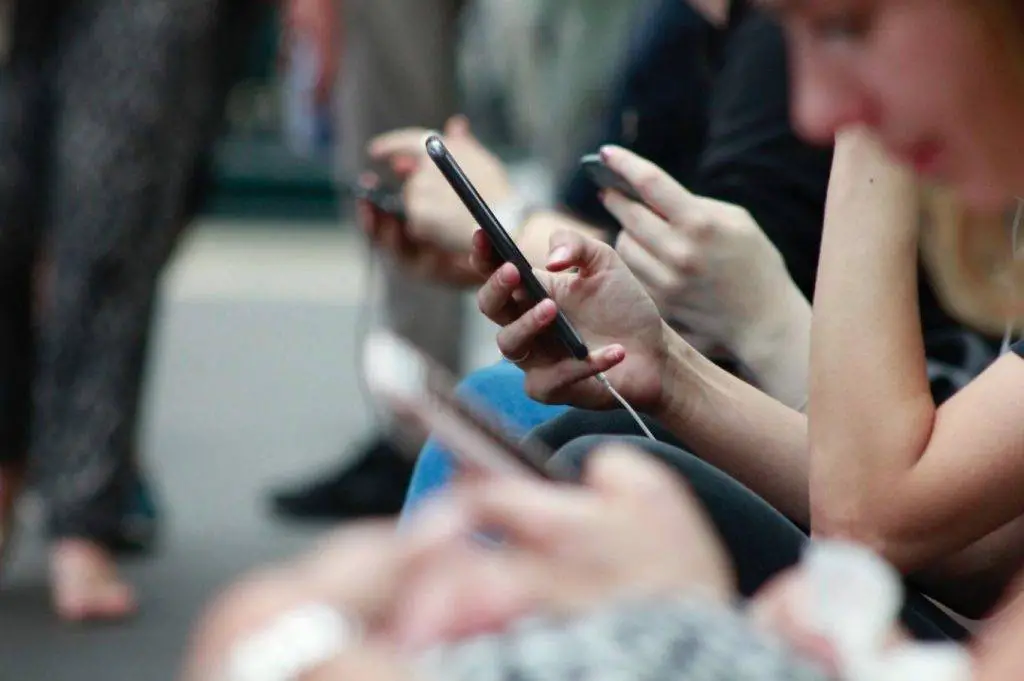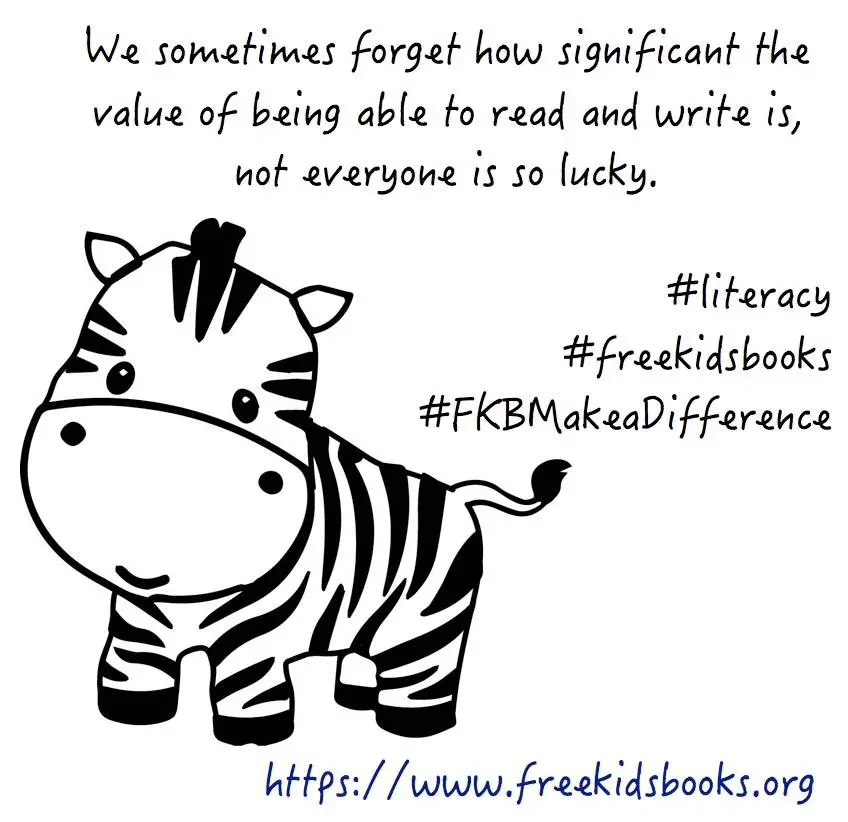Thanks to the internet, the world has indeed become a global village. By simply using the internet regardless of location, a student at any academic level can make payments, enroll in an online course, find entertainment, and work remotely. All this can be done in the comfort of a couch while wearing pajamas. Yes, there is no doubt of the internet’s favorable impact on our lives. However, it’s important to strike a healthy balance between our online and offline lives, and that’s where digital mindfulness comes in.
Difference Between Digital Detox and Digital Mindfulness
Both digital detox and digital mindfulness can be valuable strategies for maintaining a healthy relationship with technology, but they serve different purposes. For starters, digital mindfulness means using gadgets in a way that makes you happier, more productive, and better at relationships while avoiding distractions and problems.
This could mean setting time limits for social media, taking short breaks for several minutes, or turning on a “do not disturb” mode when studying. To make it work, students need to use technology with a purpose and be mindful of their digital practices.
But don’t mix up digital mindfulness with detox. Digital detox is like taking a break from screens and devices for a while, like a weekend without electronics or a week off from social media. It’s like a recharge for your brain, helping you reduce addiction and find balance in life.
In a nutshell, detox is a temporary escape from tech to refresh. On the other hand, mindfulness is an ongoing practice that encourages students to use digital technology more consciously in daily life.
Advantages of Practicing Digital Mindfulness
Practicing digital mindfulness encourages students to maintain a balance between their online and offline lives. This balance allows them to pursue hobbies, spend time with loved ones, and be active, all of which add to a fulfilling lifestyle. Here are more compelling reasons why students should practice digital mindfulness.
Improved Focus
Digital mindfulness helps students reduce distractions and stay focused on their academic work. By being more present and intentional with their digital usage, they can complete tasks more efficiently and effectively.
Enhanced Learning
Mindful technology use can improve the quality of learning experiences. When students mindfully engage with digital resources and educational platforms, they are more likely to retain information and understand complex concepts. Students can also opt to buy essay from a subject expert to supplement learning.
Enhanced Social Engagements
It’s important to designate specific times for online communication and prioritize face-to-face interactions when possible. That means prioritizing quality connections over the quantity of online friends or followers. Engaging deeply with a few people is often more fulfilling than superficial interactions with many.
When students practice digital mindfulness, they can fully engage in in-person interactions with peers and loved ones. This results in deeper and more significant connections.
Diminished Digital Dependency
Digital mindfulness techniques can assist students in breaking the cycle of frequently checking their devices. To break the cycle, find alternative offline activities that you enjoy, such as reading, sports, or hobbies. Then, replace digital habits with these healthier options.
Environmental Responsibility
Mindful digital practices can also include reducing e-waste and energy consumption. Students who are mindful of their digital footprint can contribute to a more sustainable present and future.
Long-Term Career Benefits
Developing digital mindfulness skills early on can benefit students in their future careers. Employers value employees who can manage their digital lives effectively, concentrate on tasks, and meet set goals.
Techniques Students Can Use to Cultivate Digital Mindfulness
Digital mindfulness is a valuable skill for students to develop as they navigate the digital landscape in their academic and personal lives. Here are effective strategies that students can use to embrace digital mindfulness.
1. Practice Mindful Scrolling
Mindful scrolling can help you avoid time-wasting activities online, such as endless social media scrolling. This, in turn, can lead to increased productivity and better time management. It also encourages students to recognize and break unhealthy digital habits, such as compulsive scrolling or excessive comparison.
Curating your feed and limiting screen time are great ways to practice mindful scrolling. Another way is to set clear intentions. That means, before you start scrolling, establish clear intentions for your online time. Ask yourself why you’re using the platform and what you hope to achieve or gain from it.
2. Say Yes to Time Limits
Allocate specific time limits for screen usage daily, whether for studying, social media, or entertainment. Stick to these limits to prevent overindulgence. Start by determining the most important daily activities and responsibilities, both digital and non-digital. This will help in allocating time effectively.
Next, break your day into segments, each devoted to particular tasks. For example, allocate time for handling emails, online interactions, work or study, and leisure activities. Finally, be disciplined and stick to time limits. When the time for a specific activity is up, close the device and move on to the next task.
3. Use Do Not Disturb Mode
Students should activate the “Do Not Disturb” mode on devices during designated study or sleep times to minimize interruptions and maintain focus. A distraction-free setting enables students to complete tasks and assignments more efficiently, reducing the time required for studying.
Besides, when students get high-quality academic papers from a college essay writing service, they should read them in a distraction-free place. That way, they can absorb the information, which can be useful during exams. Ultimately, the reduced stress resulting from the “Do Not Disturb” mode and help from an online subject expert can lead to higher academic performance and better grades.

4. Have Gadget-Free Areas
Another method students can employ for practicing digital mindfulness involves marking specific areas, such as the bedroom or dining table, as technology-free zones. This strategy helps establish a distinct boundary between screen time and personal space, promoting mindfulness by enabling students to be fully present in the moment.
This approach also encourages students to engage in genuine, face-to-face conversations and interactions, fostering stronger social bonds and relationships. Furthermore, setting up a technology-free bedroom can contribute to improved sleep quality. If you live with others, communicate your intentions for creating technology-free zones. This ensures everyone is on the same page and agrees to follow the established rules.
5. Have Frequent Mindful Check-Ins
Before using a device, pause for a moment to ask yourself why you’re using it. Are you seeking information, connection, or entertainment? This awareness is key to using technology more intentionally. Mindful check-ins also encourage students to become more self-aware of their thoughts, emotions, and behaviors. Being conscious of oneself is pivotal for personal development and overall wellness.
In addition, mindful self-reflection aids in making good choices. By assessing their values, priorities, and long-term aspirations, students can make choices that conform to their goals. Mindful check-ins also contribute to overall mental health. They help students identify signs of mental health issues early. They can then facilitate timely intervention and support.
It’s also a way to put self-care at the forefront. Students can assess whether they are prioritizing their wellness and make necessary adjustments to their self-care routines.
6. Do Digital Decluttering Twice a Year
It’s necessary for a student to review and declutter their digital life regularly. That’s because the constant influx of digital information and notifications can be overwhelming. Digital decluttering allows students to regain a sense of control over their digital lives and reduce information overload. A cluttered digital life can also lead to inefficiencies and wasted time.
Engaging in digital decluttering is a form of digital mindfulness. It encourages students to be intentional about their digital usage and to assess the value and purpose of their digital assets regularly. It’s also a way for students to manage their time more effectively by reducing distractions and improving organization. So, don’t hesitate to delete unused apps, unsubscribe from unnecessary emails, and organize your digital workspace, as it leads to greater efficiency.
7. Practice the 20-20-20 Rule
This rule is a simple yet effective technique that can significantly benefit students who spend prolonged hours in front of screens for studying, research, or online classes. Incorporating this rule into their daily routine can help protect eye health, improve their overall welfare, and increase efficiency. The rule encourages brief breaks from screen-based tasks. These breaks can refresh your mind and improve concentration when you return to studying.
So, after studying for 20 minutes, take a short break of 20 seconds and point at an object 20 feet away. This approach alleviates eye discomfort and promotes short intervals of digital detachment. Additionally, during a hectic academic journey, it’s easy to overlook the importance of maintaining eye health. Caring for your eyes leads to better long-term eye health, reducing the risk of eye-related issues later in life.
Wrapping Up
The approaches shared in this article can assist students in diminishing digital interruptions, boosting their general health, and refining their concentration on academic studies and other vital aspects of life. Nonetheless, bear in mind that digital mindfulness is a continuous endeavor, and adopting new practices may require some time. Hence, remain patient with yourself and be open to making necessary alterations to discover a suitable balance that suits your needs.











